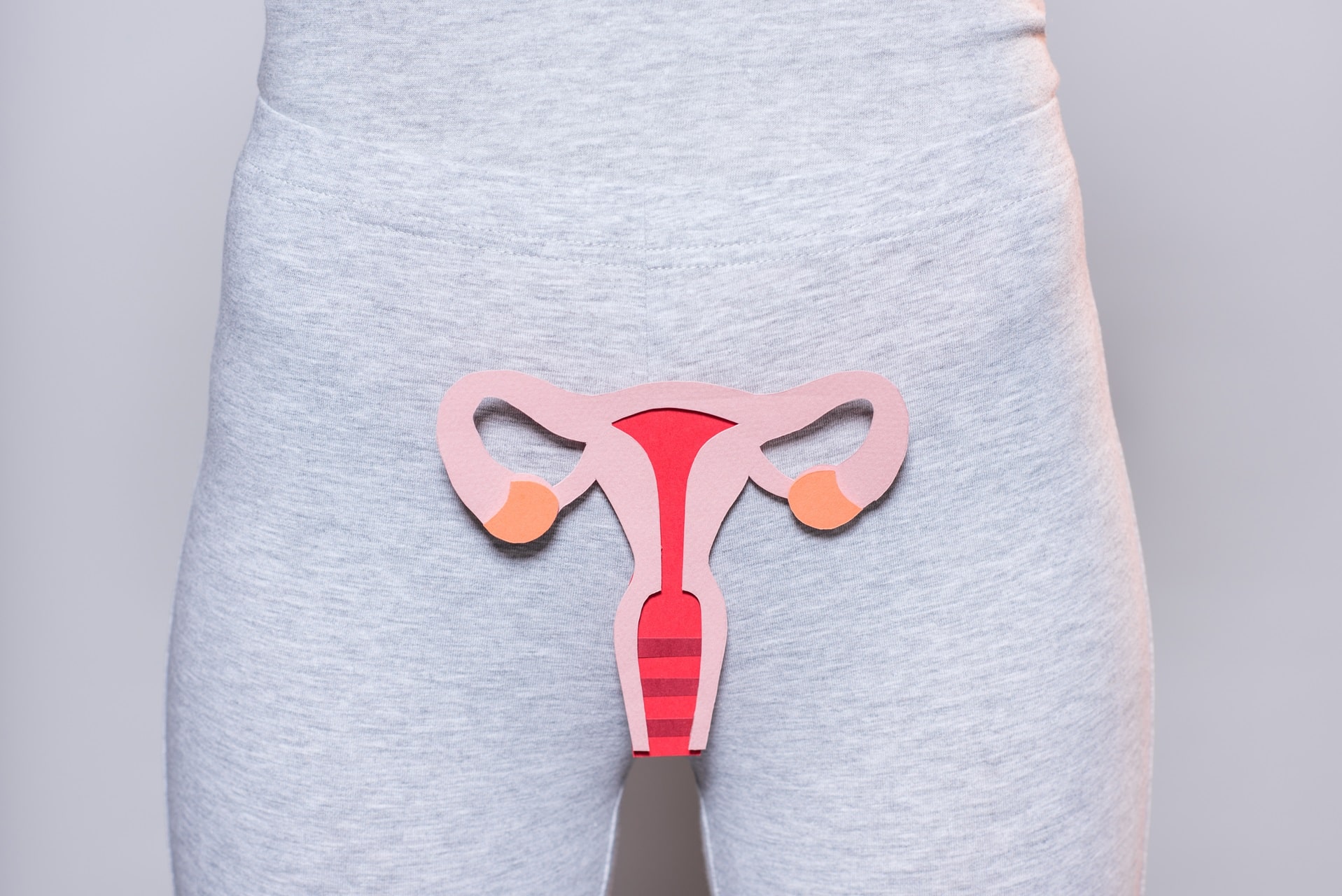In many different cultures, especially in the Middle East, the hymen is known as the symbol of virginity in women. The hymen has no functional role in the human body, but it is thought to protect the vagina from bacteria and foreign bodies.
The hymen, which is thick in newborn girls, becomes thinner and flexible with hormonal changes with the advancement of age. The hymen generally does not cause problems in the body, but in some cases, problems may arise from the hymen during puberty.
What is the hymen? Where is it located?
In the most general definition, the hymen is a small and thin piece of tissue at the entrance to the vagina. The size, shape and thickness of the hymen, which is located about 1-1.5 cm behind the small lips called labia minora in the vagina, may vary according to the person.
When girls are born, the hymen is generally seen as a ring-shaped tissue surrounding the vaginal opening. However, in later periods, the hymen covers only the bottom of the vaginal opening. In some very rare cases, the hymen can cover the entire vaginal opening. This can cause problems that can prevent a girl from menstruating when she reaches her period.
What does the hymen look like? What does it do?
The hymen has the same color as the skin around the vagina, is located at the entrance to the vagina and is a curved structure. It can be ring-shaped or crescent-shaped and has a hole in the center for menstrual fluid to be discharged. This structure is not anatomically very prominent, so it is not possible to see the hymen from the outside. However, it can only be seen as a result of an examination by a specialist physician.
The hymen does not contribute to reproduction in the body. Research to date has not been able to reach a conclusion about the function of the hymen. It is only thought to protect the vagina against bacteria or foreign bodies. There are no studies to prove this yet.
What happens when the hymen ruptures?
Like many tissues in the body, the hymen is flexible and can be stretched. It can wear out and tear over time. Women may notice that the hymen has ruptured by experiencing mild pain or bleeding. But in many cases nothing is felt. After the hymen ruptures, pieces of tissue remain at the entrance to the vagina and are called hymen remnants.

When the hymen ruptures;
- A stinging and burning sensation may occur.
- Pink-red blood may come from the vagina.
- Pain may occur for several days due to rupture.
- Bleeding is a sign that the hymen is completely broken.
Does the hymen regenerate?
The hymen does not regenerate after rupture. Since the hymen is formed during body development, it does not re-form in adults.
Types of hymen
The hymen can have several different positions around the vaginal opening. Its shape and size can vary from person to person.
The most common types of hymen are circular and crescent-shaped.
However, although rare, some hymen can block the vaginal opening and cause complications. Most newborn babies have a ring-shaped hymen, but over time it changes to a crescent shape.
Types of hymen:
- Ring or crescent-shaped hymen
- Cribriform hymen
- Hymen without a hole
- Microperforated hymen
- Segmented hymen









